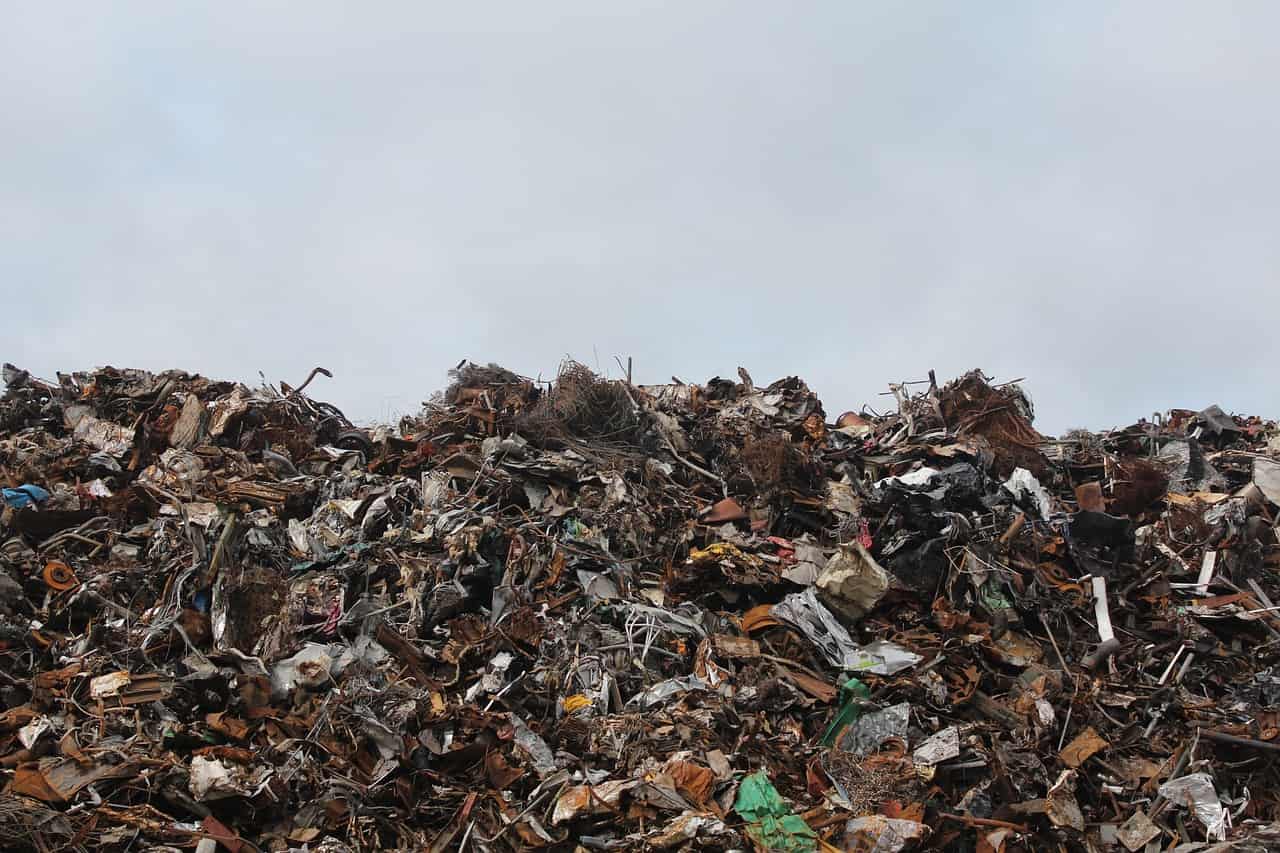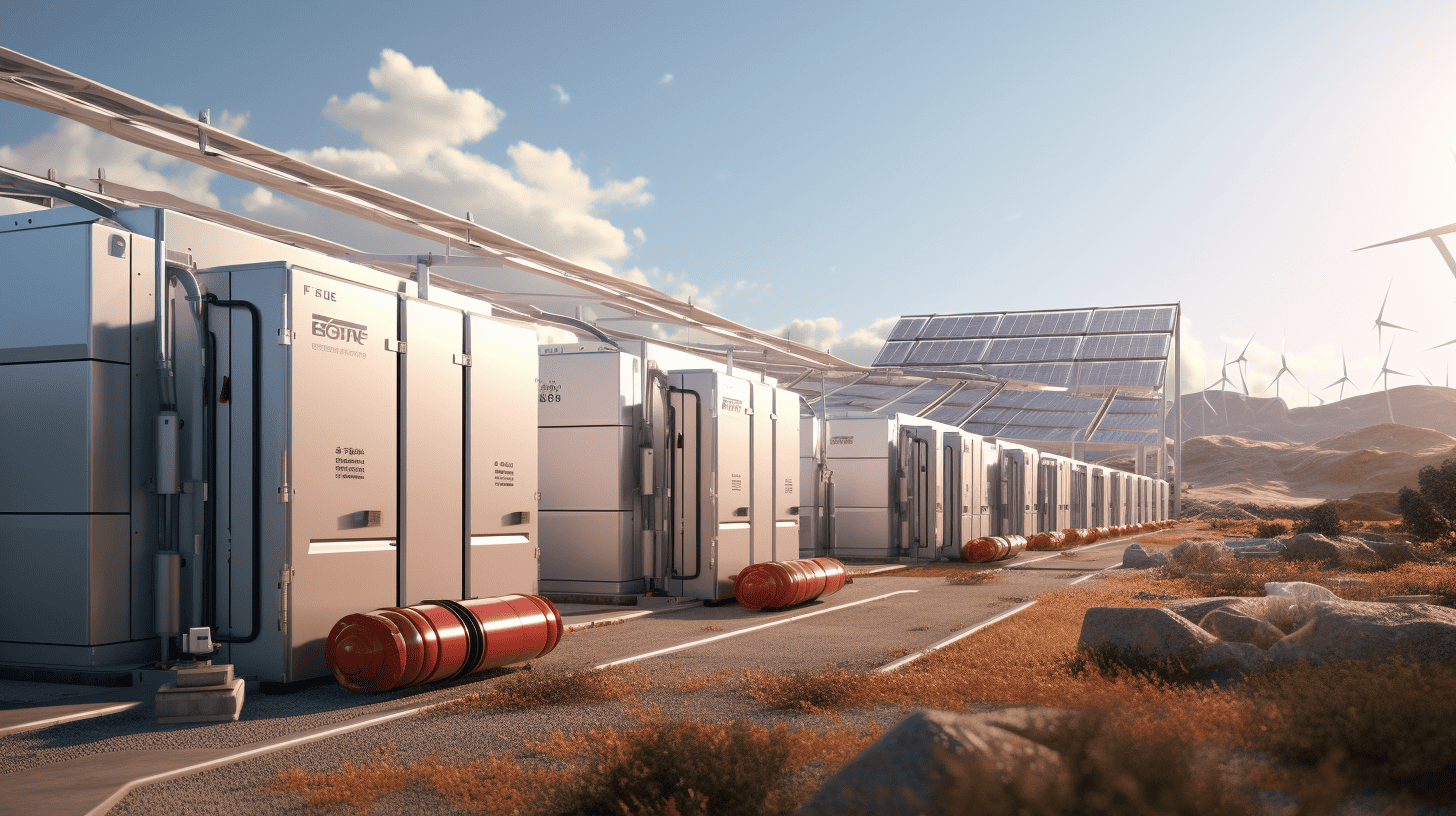
The reactor captures atmospheric CO2, filters out other elements, and transforms it into syngas, a crucial component for liquid biofuels. The addition of plastic waste both breaks down the material into glycolic acid and increases the efficiency of CO2 conversion. This technology represents a significant step towards a cleaner, more sustainable world by addressing two major environmental challenges simultaneously, while operating solely on solar energy.
- Scientists have developed a reactor that uses sunlight to convert CO2 emissions and plastic waste into clean biofuels, addressing two major environmental challenges simultaneously while operating solely on solar energy.
- The reactor captures atmospheric CO2, filters out other elements, and converts it into syngas, while the addition of plastic waste enhances the efficiency of CO2 conversion and breaks down the plastic into glycolic acid.
Addressing Two Global Challenges with One Solution
The world is currently grappling with the twin challenges of increasing CO2 emissions from fossil fuels and widespread plastic waste. In response, researchers from the University of Cambridge have designed a reactor that not only tackles both CO2 emissions and plastic waste, but also operates solely on solar energy, making use of abundant and freely available sunlight. This groundbreaking technology aims to create a truly circular economy by decarbonising energy production and removing CO2 from the atmosphere, while simultaneously converting plastic waste into useful products.
Scientists have been working on sustainable, carbon-free fuels inspired by photosynthesis, using artificial leaves to convert CO2 and water into fuels with the help of sunlight. However, previous efforts focused on concentrated CO2 rather than directly extracting it from the atmosphere. In this study, the team aimed to capture CO2 directly from the air, a complex task due to the presence of various other elements that need to be filtered out. Their goal is to eliminate fossil fuels entirely and create a truly circular economy by not only decarbonising but also removing CO2 from the atmosphere.

How the Reactor Works
The reactor operates by filtering air through an alkaline solution that traps and concentrates atmospheric CO2, while harmless gases like nitrogen and oxygen are released. The concentrated CO2 is then converted into fuels using sunlight. The addition of plastic waste to the system plays a crucial role in enhancing fuel production. When plastic waste is introduced, it provides electrons to the captured CO2, breaking down the plastic into glycolic acid and efficiently converting CO2 into syngas.
The device is split into two compartments, one for capturing CO2 and converting it into syngas, and the other for converting plastic waste into glycolic acid. The two compartments work together, transferring electrons between them to facilitate the conversion processes. This approach offers an alternative to simply capturing and storing CO2 underground, as it allows for the creation of useful products.

Potential Impact and Future Developments
Although further improvements are required before large-scale implementation, this technology represents a significant step towards a cleaner and more sustainable world. By effectively turning two harmful waste products, carbon emissions and plastic, into something meaningful, this system demonstrates the potential to reduce CO2 levels in the atmosphere while preserving valuable resources. Furthermore, the reactor’s ability to utilise biobased fuels contributes to the transition away from fossil fuels.
The researchers believe that this innovative technology can also contribute to more efficient waste recycling processes. By harnessing the power of sunlight and readily available resources like CO2 and plastic waste, the system is robust, efficient, and scalable, offering promising solutions in the fight against climate change and the move towards a greener economy. However, further assessments, such as techno-economic and life cycle assessments, are necessary to determine the economic feasibility and carbon footprint of this approach.


